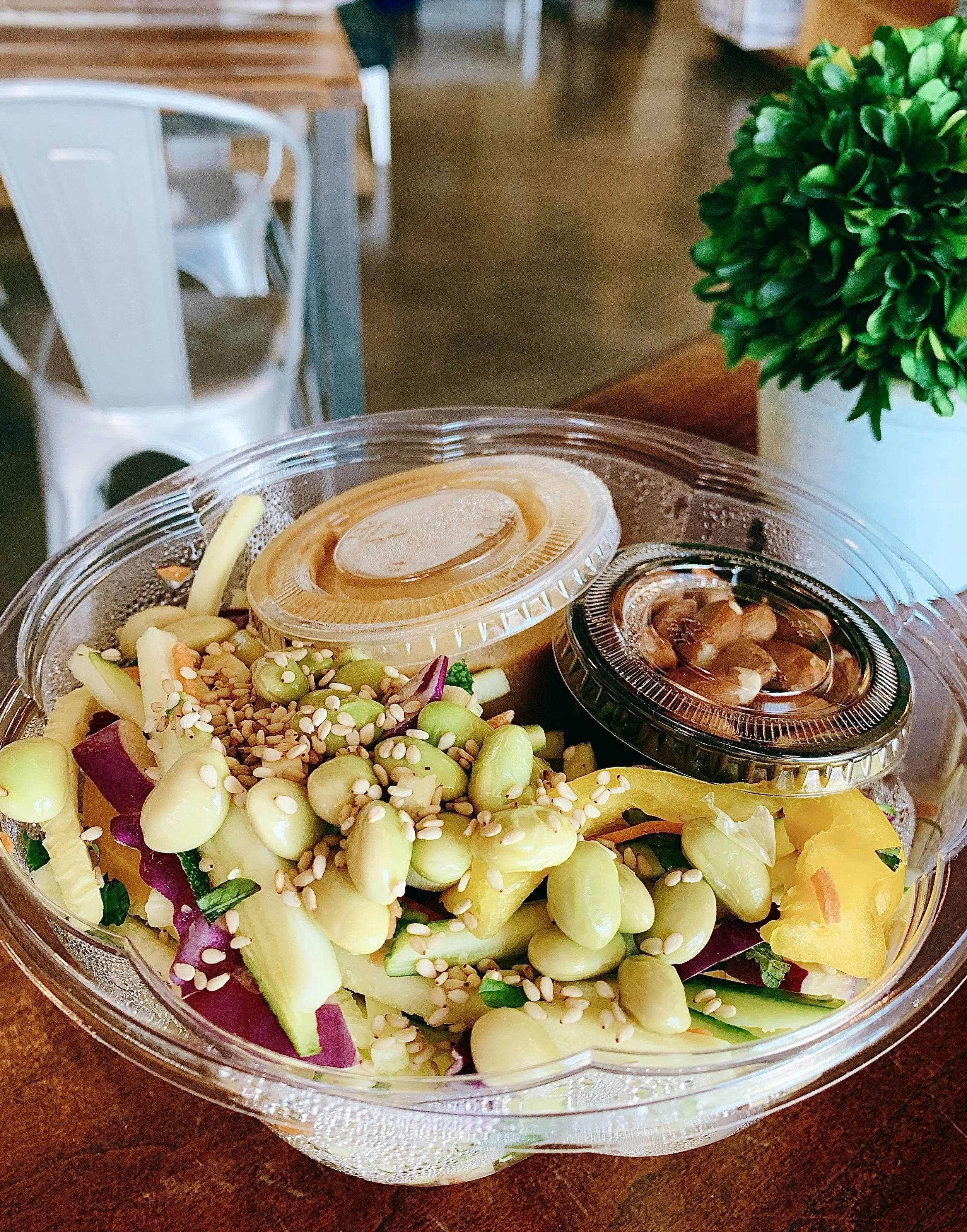The Basics: Added Sugar
Post previously published on, and in collaboration, with E+Rose Wellness Cafe. Edited for reposting purposes.
Added sugar, disguised by over 60 different names on an ingredient list, is present in an unthinkable (almost 75%!) amount of packaged foods. Recently, the FDA made it mandatory for food companies to list the quantity of added sugar on the nutrition label, so now you’ll see “sugar” and “added sugar” with their quantities listed on separate lines. However, don’t confuse added sugar with the naturally occurring sugar found in fruits, dried fruits, and unsweetened dairy products.
The Problem
Long-term overconsumption of added sugar can lead to diabetes, heart and liver disease, cancer, fertility issues, digestion problem, lack of focus, low energy...the list goes on and on. You’ll find added sugar in many food products including granola bars, pasta sauces, crackers, etc. On average, we consume 82 grams of added sugar per day!
Recommendations
So what’s the recommended limit?
25 grams [6 tsp.] for women
38 grams [9 tsp.] for men
Take a look at any of the packaged goods you have at home, or while you’re grocery shopping, and notice how quickly the grams per serving add up!
Sweet Solutions
Most nutrition professionals recommend eating as little packaged food as possible, which I am definitely on board with. But, sometimes that’s just not possible. Knowing what to look for on labels can be really helpful in choosing the “best” option. Likewise, many of us know that eating the least amount of sugar is probably best for our physical (and mental!) health, but realistically, living without a sweet treat for the rest of our lives is just not possible! E & Rose Wellness Café has a ton of “treats” with no added sugar like the brownie bites (above), bowls and juices to get the sweetness without the extra stuff. If you want to DIY your own sweet treat, try my 2-Ingredient Cashew Date Bars (below)!











